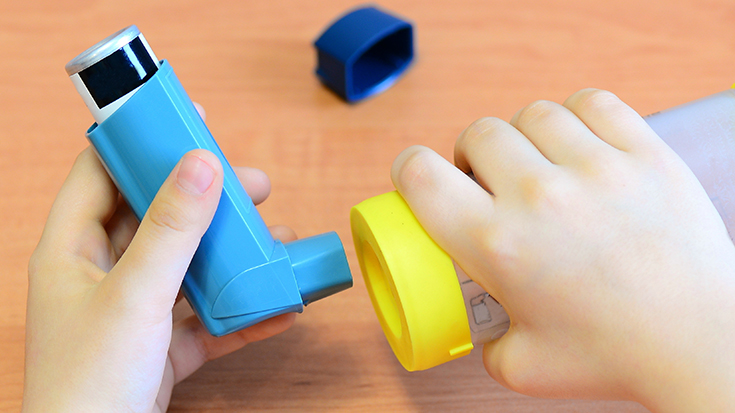
There are many types of devices that RTs use to administer aerosol therapy. They all work differently and, as experts, RTs should be well versed in demonstrating, educating and coaching proper usage of these devices to patients. Doug Gardenhire, EdD, RRT, RRT-NPS, FAARC, of Georgia State University, shares his expertise on how RTs can keep informed and best help their patients.
“Technology may be the best explanation,” Gardenhire said, when asked why there are so many aerosol devices available. “Aerosol companies are using the latest technology to produce the best device for their product.”
Gardenhire also noted that cost may play a role in development and production of the wide variety of devices.
Value gained in variety
All patients are different and may require a different approach to using their aerosol medication.
“RTs should play a role in determining the correct device for a patient,” Gardenhire said. “RTs are the experts and their opinion matters. Working with other health care practitioners, especially in discharge planning, can make an impact in the reducing health care costs. Patients that have the correct medication, device and education should effectively manage their respiratory disease at home.”
Education is key
“Literature demonstrates that RTs involved in a patient’s disease management have better outcomes,” Gardenhire said. “No other health care practitioner has more experience in the use of aerosol medication devices that RTs.”
To help in the educating and instructing of patients, the AARC developed “A Guide to Aerosol Delivery Devices,” which is available to RTs, patients, and other health care providers.
“The AARC Aerosol Therapy Delivery Guide is an excellent resource that RTs can review aerosol medication and devices,” Gardenhire said. “The guide and AARC Clinical Practice Guidelines on aerosol therapy can be instrumental in developing policy and procedures, protocols and to use in yearly competencies.”
Be proactive
“RTs, like other health care practitioners, want to improve health care quality while increasing patient safety and decreasing cost,” Gardenhire said.
According to Gardenhire, RTs must effectively communicate with all individuals and groups involved, so that patients receiving respiratory care can have an aerosol plan that is personal and productive.
“Not all patients will be able to effectively use all aerosol devices,” Gardenhire said. “RTs should work with all health care practitioners to provide a plan that will achieve effectiveness at the bedside and at home.”